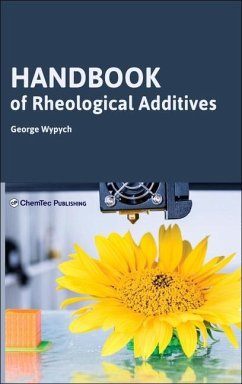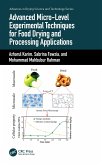Handbook of Rheological Additives covers how these additives are commonly applied in a wide range of industries, providing readers with information on over 300 organic and inorganic additives. This information is presented in individual tables for each product, whether commercial or generic. Data is divided into General Information, Physical Properties, Health and Safety, Ecological Properties, Use and Performance. Sections cover their state, odor, color, bulk density, density, specific gravity, relative density, boiling point, melting point, pour point, decomposition temperature, glass transition temperature, refractive index, vapor pressure, vapor density, volume resistivity, relative permittivity, ash content, pH, viscosity, rheological behavior, and more.
Other notations include updates on NFPA classification, HMIS classification, OSHA hazard class, UN Risk phrases, UN Safety phrases, UN/NA class, DOT class, ADR/RIC class, ICAO/IATA class, IMDG class, packaging group, shipping name, food approvals, autoignition temperature, self-accelerating decomposition temperature, flash point, TLV ACGIH, NIOSH and OSHA, maximum exposure concentration IDLH, animal testing oral-rat, rabbit-dermal, mouse-oral, guinea pig-dermal, rat-dermal, rat-inhalation, mouse-inhalation, ingestion and skin and eye irritation.
Other notations include updates on NFPA classification, HMIS classification, OSHA hazard class, UN Risk phrases, UN Safety phrases, UN/NA class, DOT class, ADR/RIC class, ICAO/IATA class, IMDG class, packaging group, shipping name, food approvals, autoignition temperature, self-accelerating decomposition temperature, flash point, TLV ACGIH, NIOSH and OSHA, maximum exposure concentration IDLH, animal testing oral-rat, rabbit-dermal, mouse-oral, guinea pig-dermal, rat-dermal, rat-inhalation, mouse-inhalation, ingestion and skin and eye irritation.








